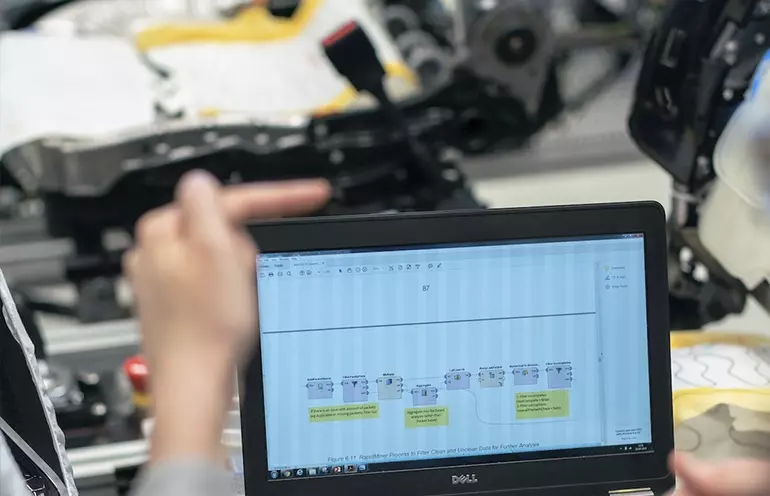Why should an EHS manager use software to manage their work?

EHS managers are professionals in Workplace safety responsible for ensuring that safety regulations are followed and that workers can perform their jobs safely.
The role of an EHS manager involves assigning and performing various tasks that require precise planning.
Who is an EHS manager and what is his role?
EHS Managers are responsible for overall management of policies and practices related to safety, health, and the environment within the company. The primary role of the EHS manager is to ensure that all company activities are carried out in compliance with workplace safety regulations. This entails identifying risks, developing prevention plans, training employees, and continuously monitoring company procedures. Let’s look at the main tasks:
- Risk Identification: Identifying and analyzing specific risks in the workplace environment.
- Prevention Planning: Developing prevention plans to minimize identified risks. These plans must be tailored to the specific needs of the company and implemented to ensure worker safety.
- Document Management: Maintaining detailed records and documents related to workplace safety. This documentation includes risk assessments, prevention plans, and incident reports.
- Monitoring and Updates: Continuously monitoring safety conditions and making updates to prevention plans when necessary. The EHS manager is responsible for real-time safety practice monitoring and timely correction of any issues.
- Employee Training: Ensuring that employees are adequately trained in workplace safety. The RSPP must plan and manage training programs to educate staff on hazards and safety measures.
- Environment: the HSE Manager often oversees environmental aspects of the company as well (e.g., waste management, sustainable resource usage, environmental compliance, etc.).

Key Features that an EHS manager software should have
The role of the EHS manager is complex and requires careful management of a vast amount of information and tasks. Here is a list of some essential features that an EHS software should have to facilitate the work:
- Deadline Management: Efficient management of deadlines for all prevention activities, such as employee training courses, delivery of protective equipment, and maintenance plans. Automated notifications ensure that no deadlines are missed, reducing the risk of incidents due to missed preventive actions.
- Personal Protective Equipment (PPE) Management: Monitoring inventories and managing assignments to employees are two key features related to managing Personal Protective Equipment.
- Training Monitoring and Certificate Issuance: Employee training is crucial for maintaining a safe working environment. The EHS manager needs to track employee training, issue certificates documenting their compliance, and monitor deadlines for refresher courses. Advanced EHS software can streamline the documentation of training, facilitate certificate issuance, and efficiently track employee training to ensure they are always adequately prepared.
- Health Surveillance: Continuous monitoring of the health conditions of workers exposed to occupational risks, including periodic medical examinations, environmental assessments, and preventive measures to ensure workplace safety and health by preventing occupation-related illnesses.
- Audits and Checklists: The ability to track inspection and site visits results with respect to compliance with safety procedures within the workplace environments.
- Risk Assessment: Providing tools for creating and managing present risks, evaluating them, and preparing necessary measures to mitigate those risks.
"All-in-one" Software vs. Modular: Differences
As always, it’s important to note that the choice between all-in-one and modular software depends on specific company needs. However, given that in 4HSE we are often asked by our clients if we offer a modular software solution, we want to provide our opinion.
4HSE aims to provide a solution that saves time and improves the overall visibility of the EHS manager in all aspects of their work. We prefer to provide the EHS manager with all the tools he need right away. This is why you won’t find a “Risk module” or a “PPE module,” but rather a single comprehensive module for Health and Safety at Work, which includes these features. In addition to this, we also invite you to consider two other aspects:
- Management Simplicity: an all-in-one software has a simpler global management. There is no need to purchase additional modules as you realize you need them, and you don’t have to coordinate updates and software maintenance for different components, simplifying management and reducing the risk of conflicts.
- Clear Costs and Activation Speed: with all-in-one software, you can significantly shorten the software adoption process since you don’t need to select, purchase, and integrate separate modules. You also have a clear picture of the overall platform cost from the start.
